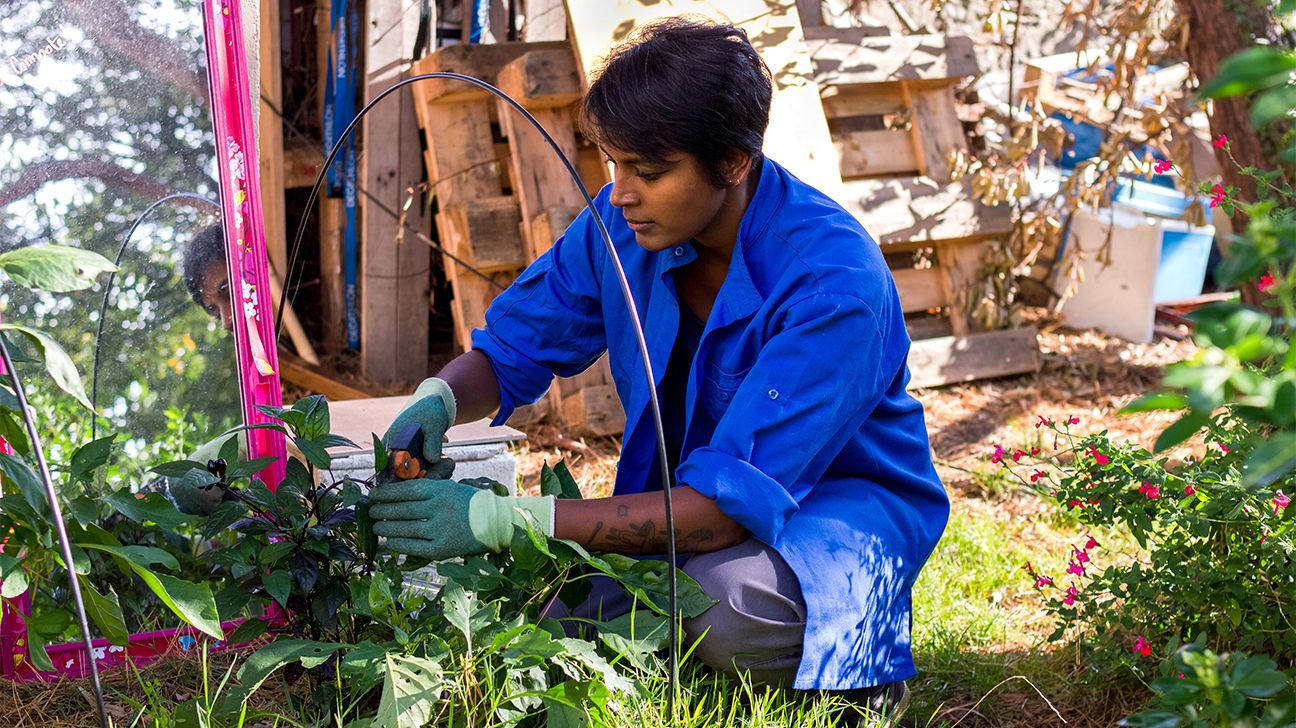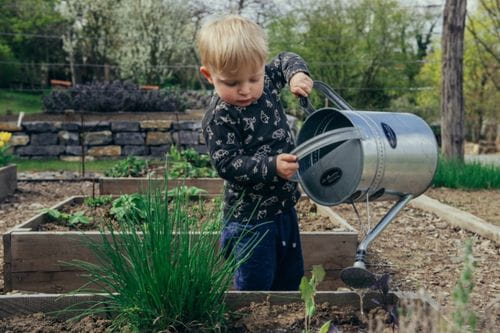Grow right into Spring: Newbie Gardening 101 for Expanding a Lively Yard Oasis
Wiki Article
From Amateur to Eco-friendly Thumb: A Step-by-Step Trip Through the Art of Gardening

Comprehending Your Gardening Area
To begin your horticulture trip, it is vital to comprehend the unique attributes and limitations of your gardening area. Are there any particular obstacles you may deal with, such as poor soil top quality or minimal water availability? Comprehending these variables will aid you make informed decisions concerning the kinds of plants that will flourish in your area.Think about the dimension of your gardening area. You may need to concentrate on container gardening or vertical gardening to maximize your expanding area if you have a tiny area. On the various other hand, if you have a large space, you have the high-end of planting a range of plants and developing different zones within your garden.
Next, assess the amount of sunlight your space receives. This will figure out which plants will certainly grow and which ones might battle. If your room is shaded, you can select shade-loving plants like hostas or brushes. If your area gets full sun, you can expand a wide variety of plants, consisting of vegetables, flowers, and herbs.
Lastly, think about any difficulties or limitations particular to your space. If your dirt quality is poor, you might need to amend it with garden compost or pick plants that are tolerant of less-than-ideal problems. You can decide for drought-tolerant plants or execute water-saving techniques like mulching. if water is limited.
Choosing the Right Plant Kingdoms for Your Garden
Select plants that are fit to your garden's distinct conditions and your individual preferences. When selecting plants for your garden, it is essential to think about elements such as sunshine, dirt kind, and environment. Some plants like well-drained soil, while others prosper in wet or clay-like soil.Another crucial aspect to think about is your individual preference. Do you like a yard loaded with vivid blossoms, or are you extra interested in expanding vegetables and herbs? Think of the purpose you want your yard to serve and the aesthetic you want to achieve. It's likewise worth considering the maintenance degree of the plants you choose. Some plants need more care and attention, while others are extra low-maintenance.
Preparing the Dirt for Planting
Many plants favor a somewhat acidic to neutral pH, around 6.0 to 7.0. Inadequately drained soil can lead to water logged origins and various other plant health concerns. By examining and making necessary modifications to your dirt, you can develop an ideal atmosphere for your plants to flourish.Nurturing and Maintaining Your Yard
Once you have prepared the dirt, it's time to obtain your hands filthy and begin nurturing and preserving your garden. The secret to an effective yard is regular care and focus. Watering is critical, specifically throughout droughts. Ensure to water your plants deeply, enabling the water to permeate the soil and get to the origins. Normal weeding is likewise https://www.newbiegardening.com important to keep your garden totally free from undesirable plants that complete for nutrients and space. Pull out any kind of weeds, taking treatment to remove their roots to avoid them from coming back. Furthermore, it's necessary to give correct nourishment for your plants. Take into consideration making use of organic plant foods or garden compost to enrich the soil and promote healthy and balanced development. Pruning is one more vital task to maintain your yard looking neat and urge far better airflow and sunshine penetration. Trim off any dead or damaged branches to maintain the overall health of your plants. Lastly, watch for parasites and diseases. On a regular basis check your plants for any indications of infestation or illness and take instant activity to protect against more damages. By adhering to these nurturing and maintenance techniques, you will ensure a lovely and flourishing garden.Troubleshooting Common Horticulture Issues
If you see chewed fallen leaves or plants that are wilting for no evident factor, you might have a bug invasion. If your plants have yellow or stained leaves, they might not be obtaining enough nutrients. Get rid of impacted plants and deal with the continuing to be ones with natural fungicides or chemicals.Final Thought
Congratulations! You have actually effectively completed the trip from beginner to environment-friendly thumb in the art of gardening. By understanding your horticulture room, choosing the right plants, preparing the soil, and supporting your yard, you have overcome usual gardening concerns like a pro. Now, armed with knowledge and experience, you prepare to appreciate the elegance and abundance of your prospering garden. Keep up the fantastic job and continue to cultivate your eco-friendly thumb!
When selecting plants for your yard, it is vital to think about elements such as sunlight, dirt type, and climate. Some plants choose well-drained dirt, while others grow in clay-like or moist soil (newbie gardening). By recognizing your gardening area, choosing the right plants, preparing the soil, and supporting your garden, you have overcome typical gardening concerns like a pro
Report this wiki page